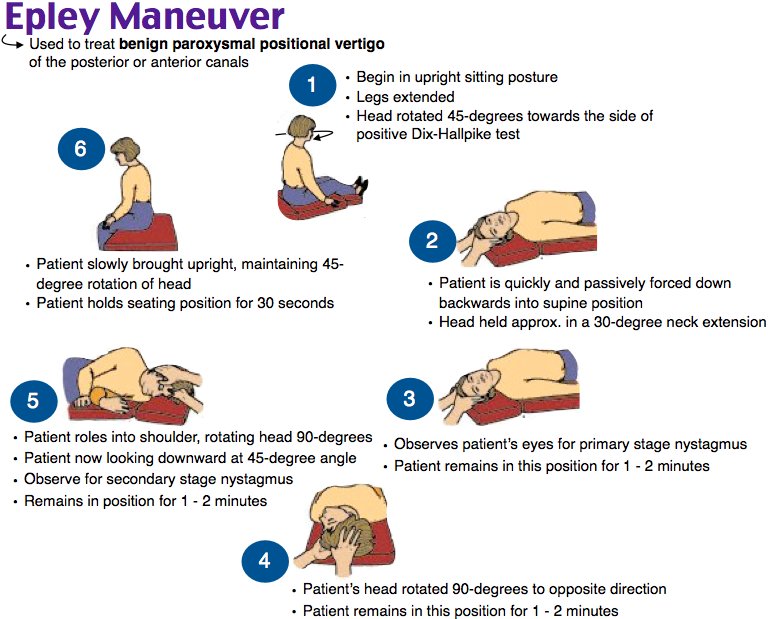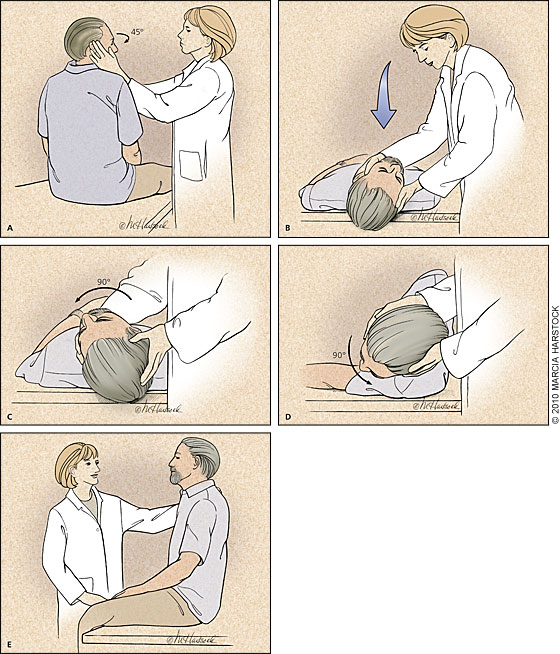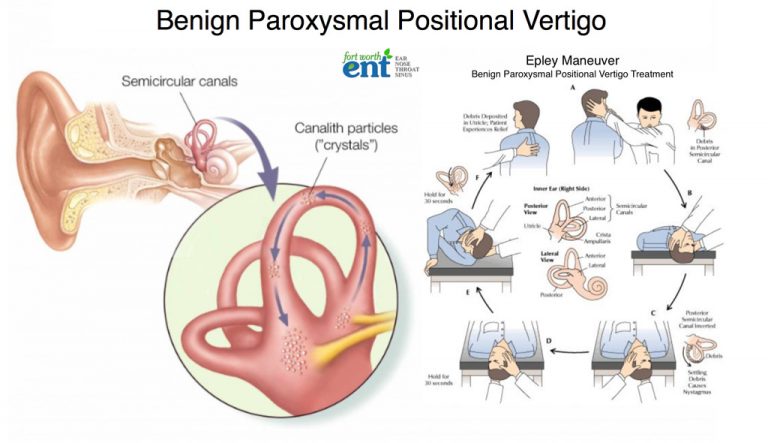
Pathological processes of the VESTIBULAR LABYRINTH which contains part of the balancing apparatus. Consider MRI Head if CT negative ( Head CT is insensitive for posterior CVA diagnosis).Head imaging for posterior CVA (follow CVA protocols).Medication Causes of Vertigo (causes >20% of Vertigo cases in older patients, esp.Vestibular Migraine ( Migraine Headache, light sensitivity).Meniere Disease ( Hearing Loss, Tinnitus).Negative Test: Consider Orthostatic Hypotension.Positive Test: Benign Paroxysmal Positional Vertigo.Perform Dix-Hallpike Maneuver (positive if provokes Vertigo, even if no Nystagmus seen).



May be associated with Horner's Syndrome.Identifies Skew Deviation where one eye corrects by looking up and the other by looking down.Cover and uncover each eye and observe for vertical saccade movements in response.Alternate Eye Cover Testing ( Test of Skew).Rightward Nystagmus with rightward gaze.Findings suggestive of central Vertigo (e.g.Horizontal Nystagmus suggests a peripheral cause (although it does not exclude a central cause).Findings suggestive of peripheral Vertigo.Right Nystagmus suggests a left-sided lesion, and left Nystagmus a right-sided lesion.Nystagmus direction is assigned based on the quick component or saccade corrective movement.Nystagmus should be present in all cases of acute vestibular system whether of peripheral or central cause.Examiner moves finger up, down, left or right and to eccentric positions (off-center).Patient follows examiner's finger as they move it slowly in all direction.Direction Changing Nystagmus (or Nystagmus that is vertical or torsional).Saccades may also be absent if the Vertigo has resolved.Suggests a central cause of Acute Vestibular Syndrome (AVS).An abnormal test (no saccade), or HiNTs-Central.Eye will normally make quick saccade movement to catch-up or correct (HiNTs-Peripheral).Normally one eye lags in response to maintain forward gaze (other eye will lack corrective saccades).See Horizontal Head Impulse Test ( Head Thrust Test, h-HIT).Skew Deviation on Alternate Eye Cover Test in which uncovered eye demonstrates quick vertical gaze corrections.Nystagmus that changes direction (or Vertical Nystagmus or torsional Nystagmus) OR.Normal Horizontal Head Impulse Test (no saccade/correction on head rotation) OR.See HiNTs Exam ( Three-Step Bedside Oculomotor Examination).Positive HiNTs Exam Criteria (at least 1 of 3 positive) suggests Cerebellar CVA or Brainstem CVA (100% sensitive, 96% specific).Do NOT use the HiNTs Exam when Nystagmus is absent (no benefit).Acute Vestibular Syndrome with ongoing Vertigo and Nystagmus at time of exam.Cranial Nerve deficits or facial numbness or weakness.Recent neck Trauma or neck manipulation (e.g.

Acute lateral Medullary stroke ( Wallenberg Syndrome).Atrial Fibrillation, Diabetes Mellitus, Cardiac Risk Factors) Cerebrovascular Accident Risk Factors or symptoms (e.g.Viral Labyrinthitis (distinguishes from Vestibular Neuronitis).Middle Ear Barotrauma (Barotitis Media) or Inner Ear Barotrauma (round or oval window rupture).Acute, rapid onset (20% of Dizziness in older patients).Differential diagnosis is broad (more likely vestibular if occurs while supine).Perform a careful Neurologic Exam and consider TIA Risk Factors.Distinct episodes without obvious trigger, and asymptomatic between episodes (as well as often on presentation).Spontaneous Episodic Vestibular Syndrome (EVS).Perform Dix-Hallpike Maneuver and Orthostatic Blood Pressure and pulse.Contrast with AVS (see below) which is not triggered (but is worse with certain maneuvers such as head turning).peripheral Vertigo such as BPPV), body position (e.g.


 0 kommentar(er)
0 kommentar(er)
